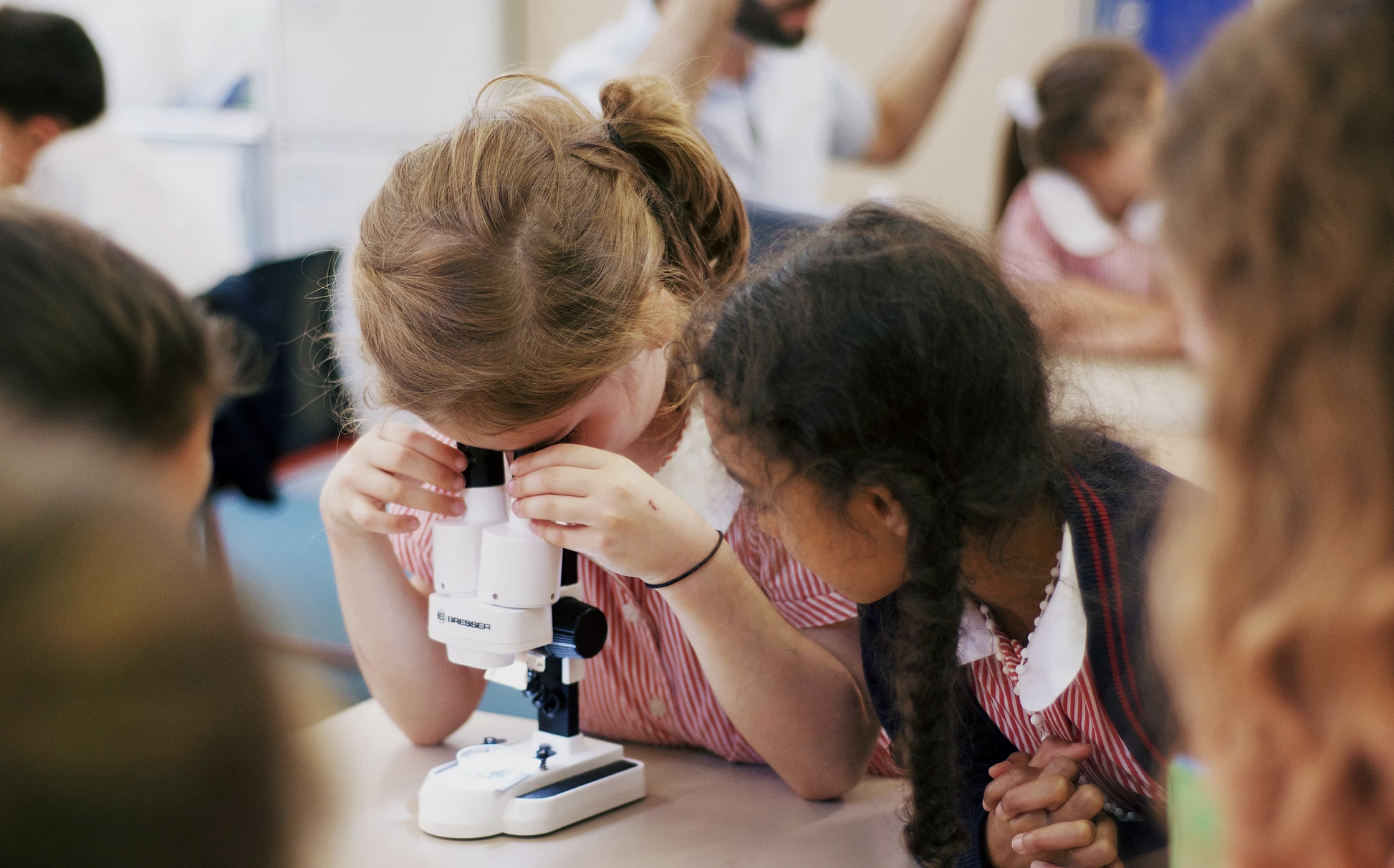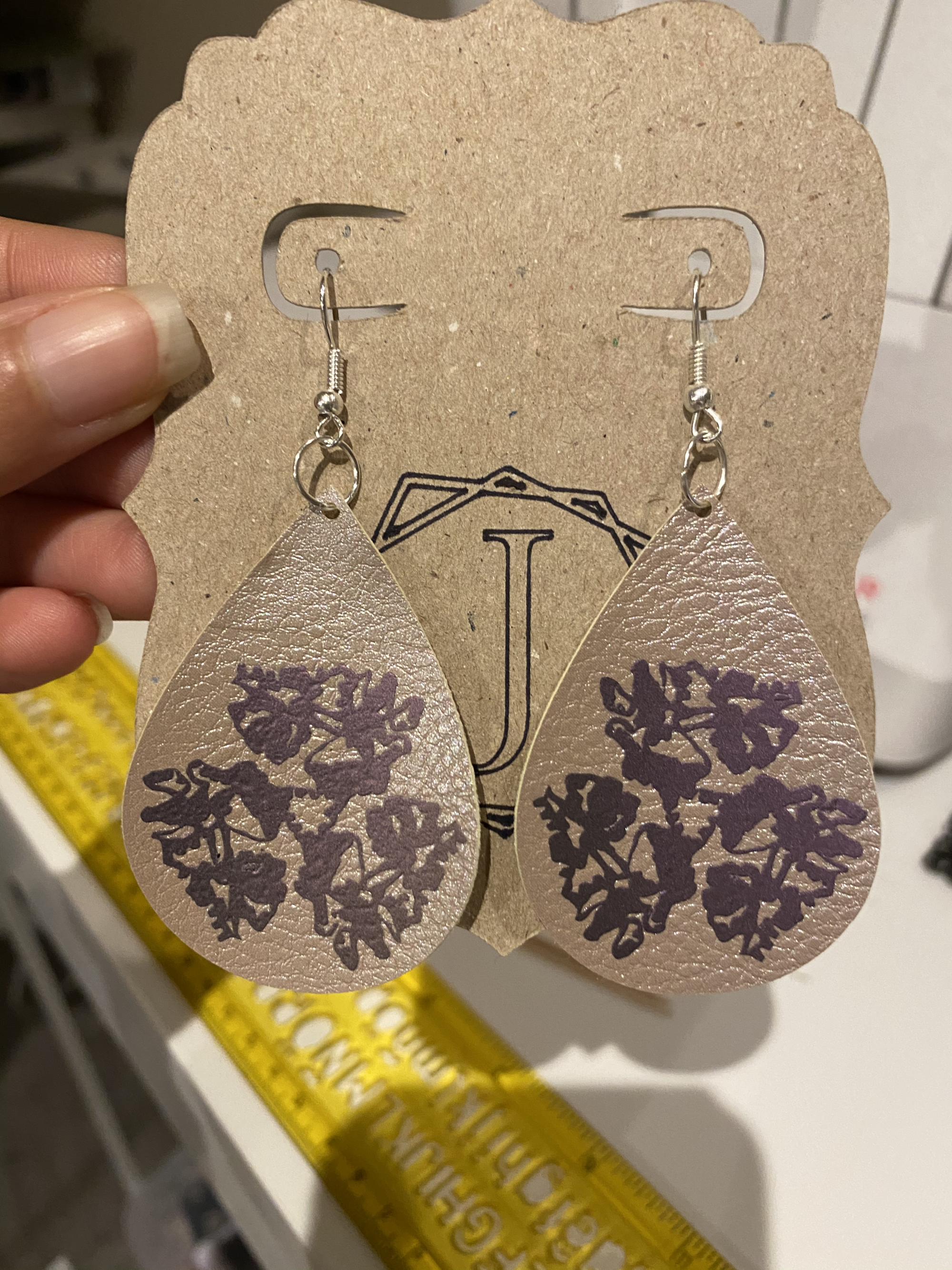Science Communication and Public Engagement

SCIENCE COMMUNICATION
is involved in developing government science policies, understanding relationships between “the public” and “scientists”, and creating science stories in the mass media, as well as exploring how people learn about and engage with science.

PUBLIC ENGAGEMENT
describes the myriad of ways in which the activity and benefits of higher education and research can be shared with the public. Engagement is, by definition a two-way process, involving interaction and listening, with the goal of generating mutual benefit.
In this section, you can find more about my Public Engagement, Outreach, Science communication and SciArt. To learn more about my Science Stitches and EVee – the 3D Extracellular vesicle projects, follow the links below. If you want to read more about other Science communication, Outreach and SciArt projects, you’ll find more information below.

Science Stitches

EVee – the 3D extracellular Vesicle
Frozen Ark
I worked together with The Frozen Ark to produce a DNA extraction video. The video was uploaded to their youtube page and website and is often used in public engagement events, in-person or online.
Royal Society of biology Leadership in Public Engagement and Outreach award
I have been recently awarded the Leadership in Public Engagement and Outreach award by the Royal Society of Biology. You can read more about it HERE. If you’d like to listen to me, talking about my public engagement journey, and also listen to Elizabeth Mills, the award winner for the New Researcher category, you can watch the video on YouTube.
Native Scientist
Native Scientist is a network of international scientists created to tackle educational disadvantages through science outreach. From 2020, I am a Project Manager for Portuguese in Cardiff.
The mission of Native Scientist is to create social impact by promoting and exploiting cultural and linguistic diversity in STEM (science, technology, engineering and maths).
If you are a teacher and are interested in hosting one of our workshops, your institution/business wants to sponsor a workshop or are just interested in learning more, get in touch.

360º virtual lab tour
Never visited a lab before? Then, this is your chance. You can take a 360º lab tour of one of the labs from the Tissue Microenvironment Group at Cardiff University.
Find more about it by visiting Tenovus Cancer Care.
Future Leaders in Cancer Research
In 2018, I was part of the Future Leaders in Cancer Research (FLiCR) academy, a Cardiff University initiative. FLiCR was funded by donations to Cardiff University, mainly through fundraising for the Cardiff half-marathon. Then, we underwent a variety of training, including media training by Hard Truth Media. As a result, we filmed, produced and edited short videos to be used for future fundraising.




Falling Walls Groningen
In 2014, while doing my PhD at the University of Groningen, The Netherlands, I had the opportunity to participate in a Falling Walls Lab. This was a very fun, yet challenging opportunity. We had training and had to present our research in 3 minutes. It is similar in format, to the 3MT competition. However, the Falling Walls is not limited to PhD students or even academics. This was a great opportunity to present my research in a very different setting.
Scientific Art
While I can’t consider myself a scientific illustrator, by any means, I do enjoy dipping my toes into science art and crafts. Below you can find a collection of some of the work I’ve done and some were featured as book or scientific journal covers.
Scientific Jewellery
As an avid crafter, I got myself a cutting machine. For those of you that don’t know what that is, it’s a small tabletop machine that can cut vinyl and other thin materials.
Aquaporin Jewellery

While making Christmas presents, I decided to make myself some aquaporin earrings (top image). These were made using faux leather and gold foil iron-on vinyl. They represent the structure of an AQP3 tetramer.
As I have a 3D printer at home, I decided to try a tridimensional approach to aquaporin jewellery. I spray painted it metallic pink.

Macrophage Earrings
A close friend did her PhD work in cancer immunology and used immune cells called “macrophages” in her work.
I wanted to make something as a gift that would be a nod to her favourite immune cells, but abstract. The idea is that it’s for this to be identifiable by someone with knowledge or after explaining, but abstract enough that they would not look too “sciencey”.
These were made with faux leather and heat-press gold vinyl. The brown oval represents the cell nucleus, with the cytoplasm in beige/pearl. The gold dots represent granules.

Geometric Heart Earrings

My first lecture, as a new lecturer, was on cardiology (excitation-contraction coupling, to be more precise). I wanted to theme my outfit to the lecture, so I used the illustration I made for the lecture cover slide, to make earrings out of fabric.


For the earrings, I used black felt, red jersey fabric and black multicolour lurex sewing thread. I added two iridescent crystals to represent the approximate positions of the atrioventricular and sinoatrial nodes.
I decided to do a full theme and pair it with a me-made dress with hearts on it.
Huntingtin Earrings

I have also made earrings for a colleague at Cardiff University, Dr Emma Yhnell.
One of Emma’s research interests is Huntington’s disease. So there was nothing more fitting than earrings featuring Huntingtin, a protein involved in the development of Huntington’s disease.
Emma is a science communicator and enjoys bringing some of her science into her outfits!
Scientific Illustration
PhD thesis cover
The image on the right is the artwork I created for my PhD thesis. My PhD work was divided into two main parts: investigating the possible anticancer effects of new metal-containing drugs and using some of these (particularly gold ones) to study aquaporins. Hence, I wanted my cover to represent this complexity.
The painting was created using watercolours, gold leaf and digitally-added elements.
If you are interested in finding out what each of the elements on this painting means, check my blog post.

Below you can find a gallery with some of the work I’ve created for myself or friends and colleagues. A few of these were featured in scientific journals and book covers.








